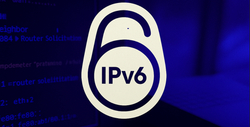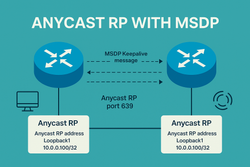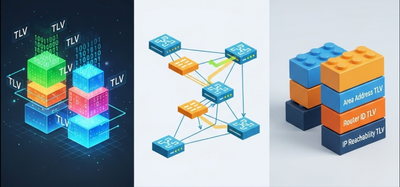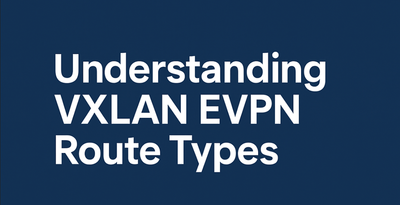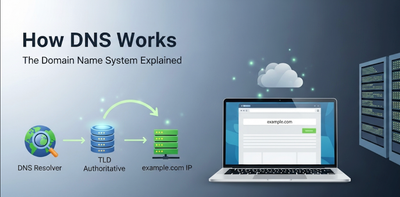IPv6 isn't just a longer address; it's a whole new way of thinking about network identity. It ditches the old broadcast model of IPv4 and introduces a more organized system with several address types, each defined by a unique binary prefix.
Global Unicast (GUA)
Think of these as the public, internet-routable addresses, just like public IPv4 addresses.
- Prefix:
2000::/3 - Binary Start:
001 - Hex Start:
2xxxthrough3xxx - Purpose: To identify a unique host on the global internet.
- Example:
2001:db8:cafe:1::100
Link-Local
Every IPv6-enabled device is required to have a link-local address. They're used for communication on the same local network segment (like a LAN) and never routed.
- Prefix:
fe80::/10 - Binary Start:
1111 1110 10 - Hex Start:
fe8xthroughfebx - Purpose: Neighbor discovery, router advertisements, and other local-link operations.
- Example:
fe80::5aac:78ff:fe93:da00
Unique Local (ULA)
This is the IPv6 equivalent of IPv4's private address space (like 10.0.0.0/8 or 192.168.0.0/16). They are for internal use and should not be routed on the public internet.
- Prefix:
fc00::/7 - Binary Start:
1111 110 - Hex Start:
fcxxandfdxx - Purpose: Private networking for sites or organizations.
- Example:
fd12:3456:789a::1
Multicast
Instead of broadcast, IPv6 uses multicast to send a single packet to multiple destinations simultaneously.
- Prefix:
ff00::/8 - Binary Start:
1111 1111 - Hex Start:
ffxx - Purpose: One-to-many communication. Key examples include All Nodes (
ff02::1) and All Routers (ff02::2). - Example:
ff02::1:ff00:200(a solicited-node multicast address).
Special Addresses
Two other key addresses you should know:
- Loopback (
::1/128): The equivalent of IPv4's127.0.0.1. It's the address a device uses to send packets to itself. The binary is all zeros except for the very last bit. - Unspecified (
::/128): An address of all zeros. It serves as a placeholder source address when a device doesn't yet have its own IPv6 address.
Wait, What About Anycast?
Anycast is a clever trick, not a dedicated address type. It uses a standard Global Unicast address that's assigned to multiple devices (usually servers) in different locations. When you send a packet to an anycast address, routers automatically direct it to the closest or most efficient destination. This is commonly used for services like DNS.
Quick Conversion Reminder
Remember that every hexadecimal digit represents 4 binary bits (a "nibble"). This makes spotting address types easier!
- Hex F = Binary 1111
- Hex A = Binary 1010
- Hex 2 = Binary 0010
⚡ Key Takeaway
IPv6 addressing is all about that prefix. If you can identify the first few bits or the first hex character, you can instantly tell if an address is global, private, link-local, or multicast.
🔗 More Nuggets Here



